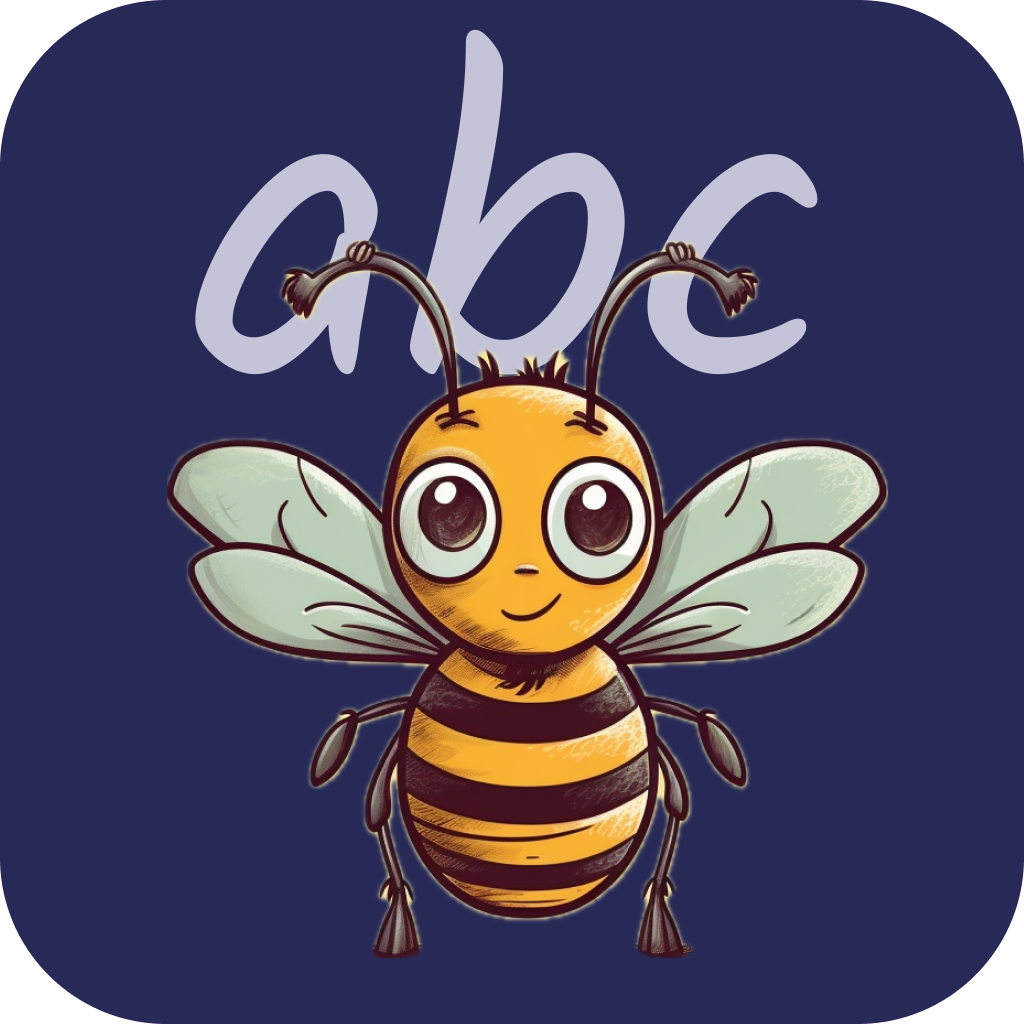Spelling is a fundamental skill that supports reading, writing, and overall literacy development. Teaching children how to spell effectively involves using various strategies that cater to different learning styles. Below are some proven spelling strategies that help make learning engaging, effective, and fun for kids.
1. Phonetic Spelling (Sound It Out)
Phonetic spelling encourages children to break down words into individual sounds (phonemes) and spell them based on how they sound. This is particularly helpful for early learners as they develop phonemic awareness.
- Example: “cat” is spelled as /k/ /æ/ /t/.
- Useful for: Beginning readers and spellers.
- Activity: Ask kids to segment words into sounds and write down the corresponding letters.
2. Sight Words and High-Frequency Words
Some words do not follow standard phonetic rules and must be memorized as sight words. These are words that appear frequently in texts.
- Example: Words like “said,” “was,” and “because.”
- Useful for: Increasing reading fluency and reducing hesitation in spelling.
- Activity: Use flashcards, games, or word walls to reinforce recognition.
3. Chunking and Word Families
Grouping words with similar patterns together makes spelling easier by reinforcing familiar structures.
- Example: “cat,” “bat,” “hat” (same “-at” pattern).
- Useful for: Recognizing spelling patterns and making connections between words.
- Activity: Have kids list words with common endings or patterns.
4. Mnemonic Devices
Mnemonics help children remember tricky spellings by associating them with a story, phrase, or pattern.
- Example: “Because” – Big Elephants Can Always Understand Small Elephants.
- Useful for: Difficult-to-remember words and irregular spellings.
- Activity: Encourage kids to create their own mnemonics for tough words.
5. Spaced Repetition and Recall
Instead of cramming, revisiting words at intervals strengthens memory.
- Example: Reviewing a set of words on day 1, again on day 3, then on day 7.
- Useful for: Long-term retention of spelling words.
- Activity: Use digital tools, like spaced repetition apps, or simple notebooks to track revision.
6. Look, Say, Cover, Write, Check
This method encourages children to focus on a word, memorize it, and recall it through writing.
- Steps:
- Look at the word carefully.
- Say the word aloud.
- Cover the word.
- Write it from memory.
- Check and correct if needed.
- Useful for: Self-correction and memory reinforcement.
- Activity: Use spelling notebooks for independent practice.
7. Using Context and Meaning (Morphemic Awareness)
Understanding root words, prefixes, and suffixes helps children grasp word meanings and spellings.
- Example: “unhappy” = “un” (prefix) + “happy” (root word).
- Useful for: Expanding vocabulary and understanding word formation.
- Activity: Break words into smaller components and discuss meanings.
8. Multisensory Learning
Incorporating touch, movement, sight, and sound makes spelling engaging and memorable.
- Example: Writing words in sand, using letter tiles, or air-writing.
- Useful for: Hands-on learners and kids who struggle with traditional methods.
- Activity: Let kids trace words with their fingers or build words with magnetic letters.
9. Games and Interactive Learning
Games help make spelling fun and less intimidating.
- Example: Word searches, spelling bees, crossword puzzles, and online apps.
- Useful for: Keeping kids motivated and reinforcing learning in a playful way.
- Activity: Use board games like Scrabble or digital apps tailored to spelling practice.
10. Personalized Word Lists and Journals
Encouraging kids to maintain a personal spelling journal helps track progress and focus on frequently misspelled words.
- Example: Noting down words they struggle with and revisiting them weekly.
- Useful for: Self-improvement and targeted learning.
- Activity: Have children write short stories using their personalized spelling lists.
Conclusion
Teaching spelling effectively requires a mix of techniques to cater to different learning styles. By combining phonetics, repetition, games, and contextual learning, children can develop strong spelling skills in an engaging and enjoyable way. The key is consistency, encouragement, and making spelling a fun part of everyday learning!


Leave a Reply